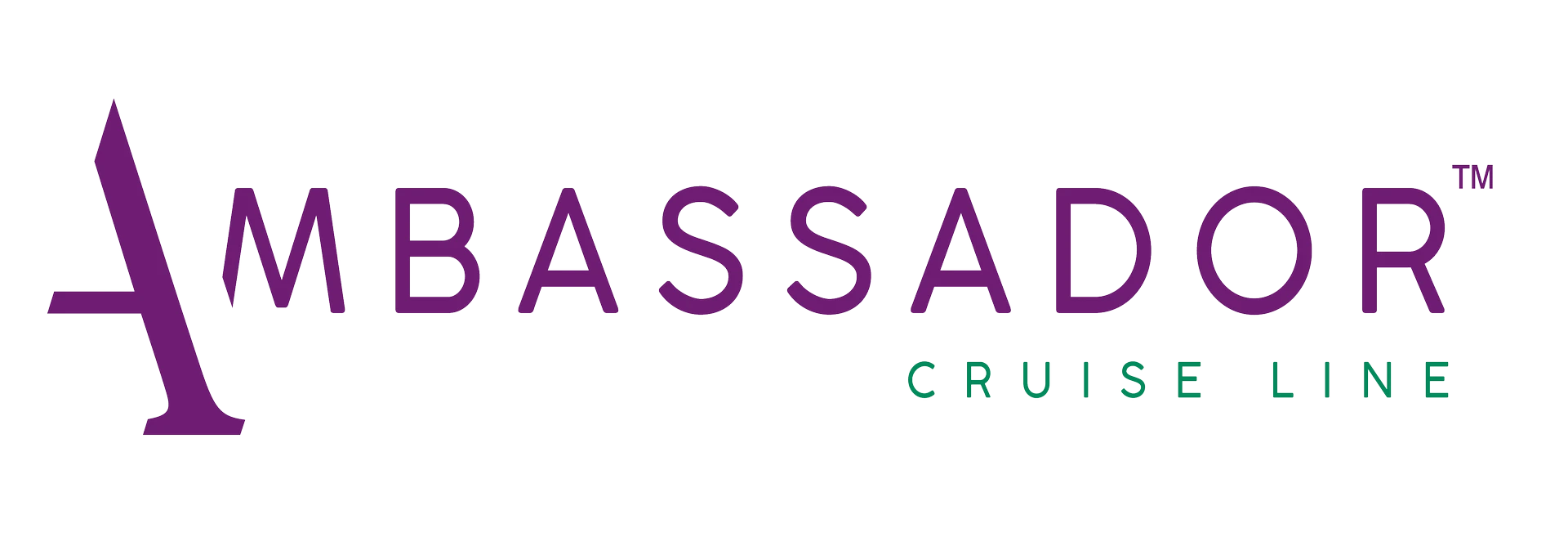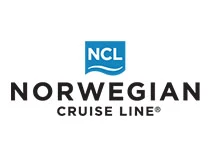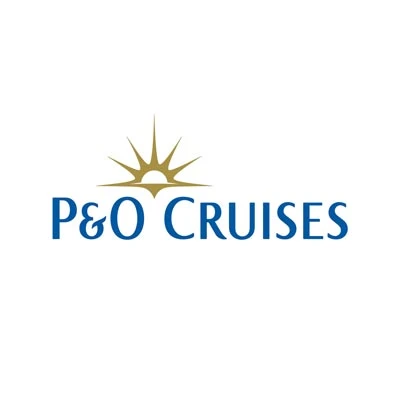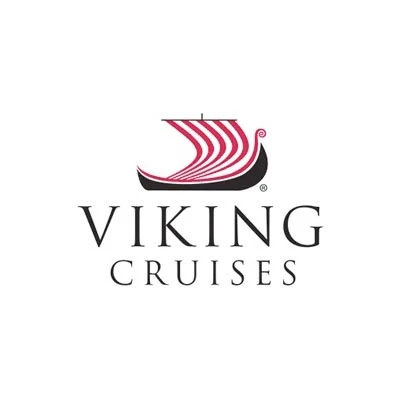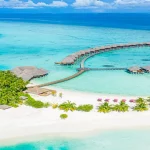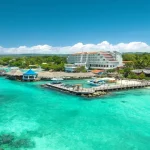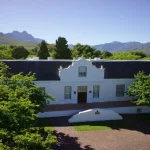We are experienced and passionate travel agents who have been helping people plan their dream holidays for over 40 years. We offer a wide range of travel products and destinations, including luxury holidays, cruises, tours, city breaks, honeymoons, and more. Whether you're looking to explore South America, South Africa, Dubai, the Indian Ocean, or the Caribbean, we have the perfect package for you.
We are passionate about finding the best deals on the market and tailoring your trip to your preferences and budget. We listen to your needs and offer personalised advice and recommendations based on our extensive knowledge and experience.
At Luxury Inspire Me Travel, we specialize in creating tailor-made itineraries for every client. While our bespoke offerings cater to individual preferences, we understand that some travellers seek a starting point. Rest assured, all our itineraries and holiday packages can be fully customised to align with your unique needs, budget, and desires.
How do we work? 1: Browse our website for inspiration. 2: Get in touch. 3: Receive your free quote and make a booking.
We are ABTA and ATOL licensed, so you can book with confidence knowing that your holiday is fully protected and secure.
Contact us today by email or phone to start planning your dream holiday!




